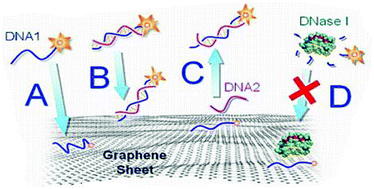Recent progress in nanomaterials for gene delivery applications
Abstract
Nanotechnology-based gene delivery is the division of nanomedicine concerned with the synthesis, characterization, and functionalization of nanomaterials to be used in targeted-gene delivery applications. Nanomaterial-based gene delivery systems hold great promise for curing fatal inherited and acquired diseases, including neurological disorders, cancer, cardiovascular diseases, and acquired immunodeficiency syndrome (AIDS). However, their use in clinical applications is still controversial. To date, the Food and Drug Administration (FDA) has not approved any gene delivery system because of the unknown long-term toxicity and the low gene transfection efficiency of nanomaterials in vivo. Compared to viral vectors, nonviral gene delivery vectors are characterized by a low preexisting immunogenicity, which is important for preventing a severe immune response. In addition, nonviral vectors provide higher loading capacity and ease of fabrication. For these reasons, this review article focuses on applications of nonviral gene delivery systems, including those based on lipids, polymers, graphene, and other inorganic nanoparticles, and discusses recent advances in nanomaterials for gene therapy. Methods of synthesizing these nanomaterials are briefly described from a materials science perspective. Also, challenges, critical issues, and concerns about the in vivo applications of nanomaterial-based gene delivery systems are discussed. It should be noted that this article is not a comprehensive review of the literature.


 Please wait while we load your content...
Please wait while we load your content...